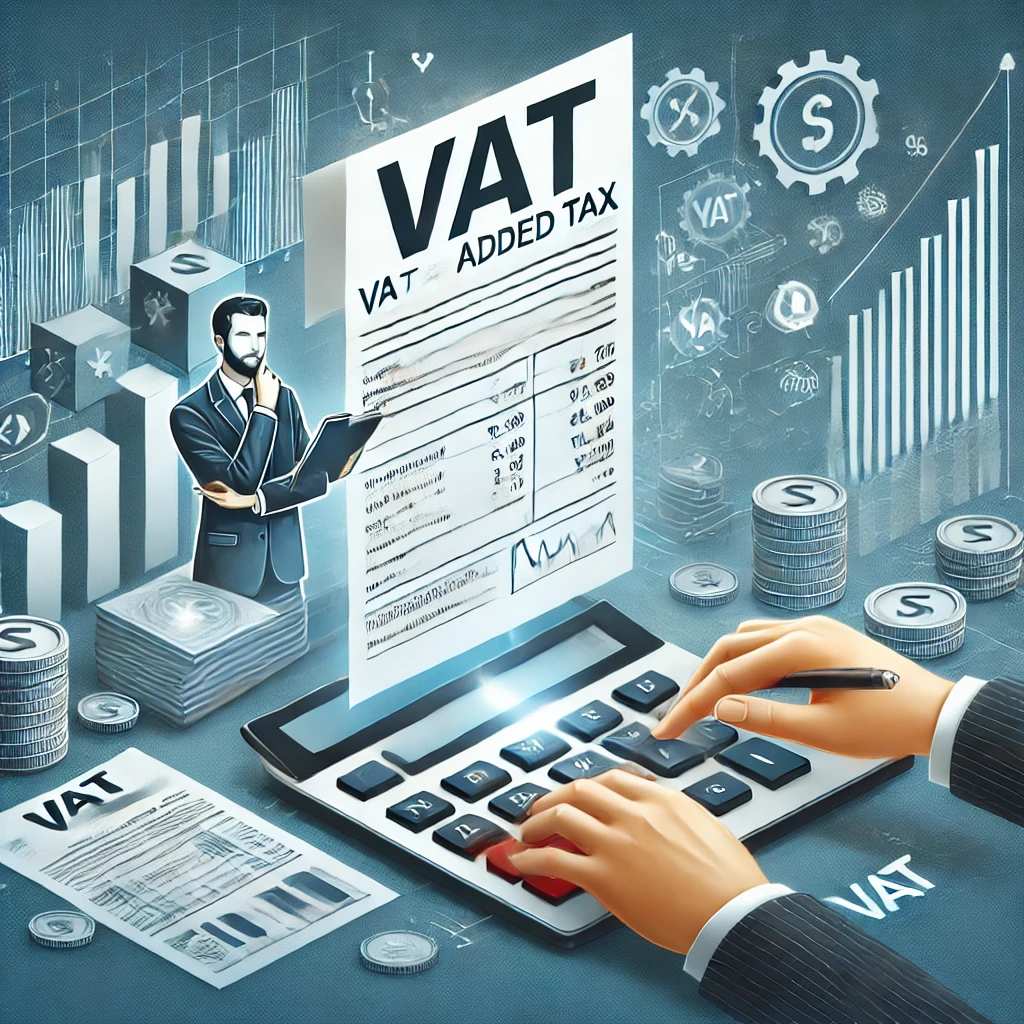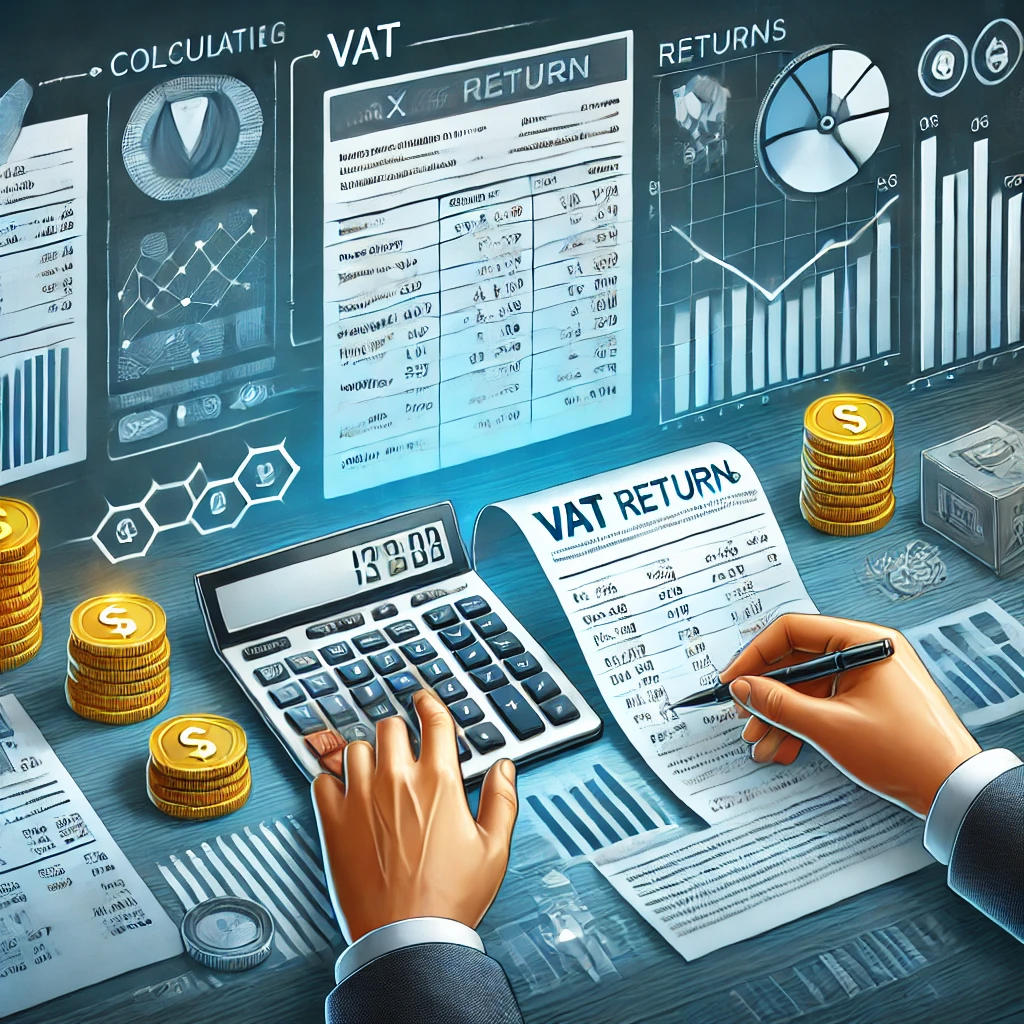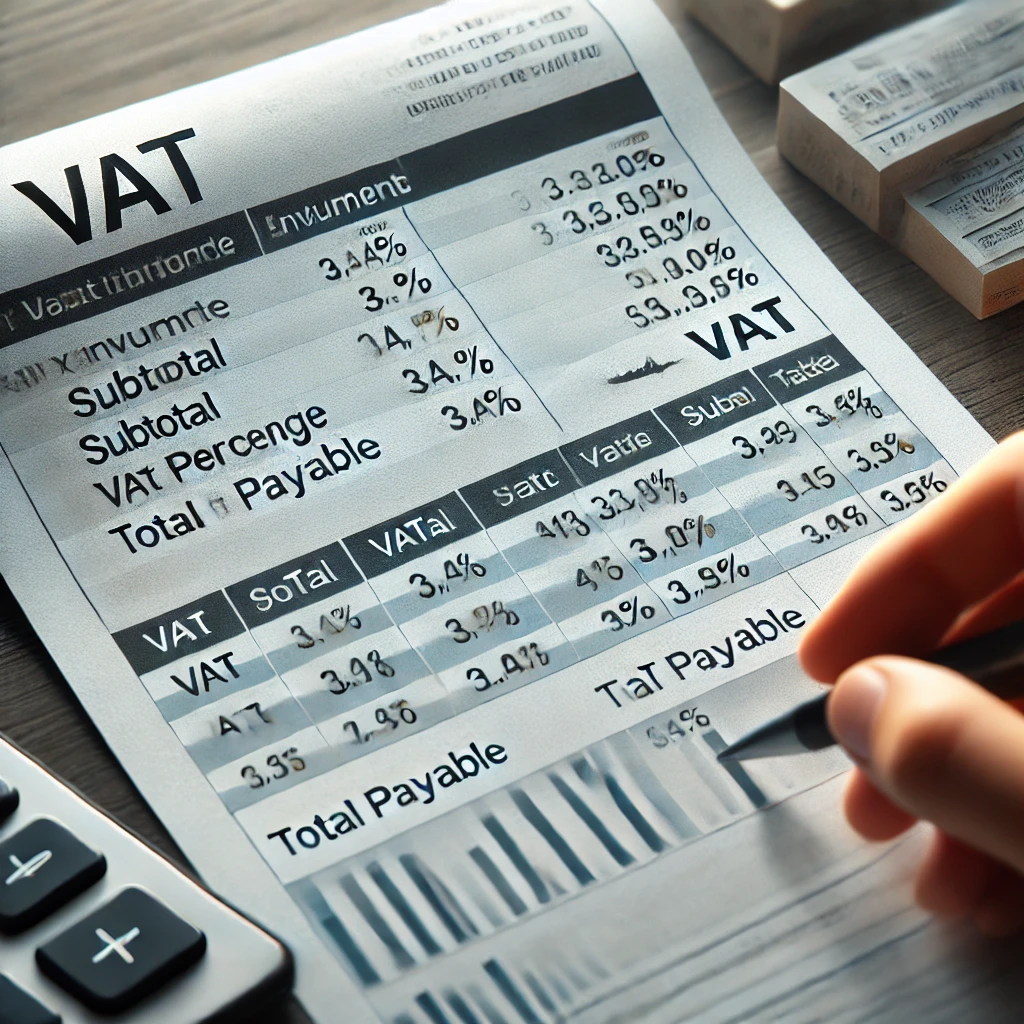Breaking Down VAT Details
This article provides a detailed explanation of VAT, highlighting its key features, practical applications, and importance in financial and business operations.

What Is VAT?
Value Added Tax (VAT) is a consumption-based tax applied to the sale of goods and services at each stage of the supply chain. Unlike sales tax, which is charged only at the final point of sale, understanding vat details VAT is collected incrementally at different production and distribution stages.
Key VAT Components
Component | Description |
VAT Rate | Percentage charged on goods/services, varies by country. |
Input VAT | Tax paid by businesses on purchases and expenses. |
Output VAT | Tax collected by businesses on sales. |
VAT Registration | Businesses meeting revenue thresholds must register for VAT. |
VAT Return | Periodic reporting of VAT collected and paid. |

Key Features of VAT
1. Multi-Stage Taxation System
- Applied at each stage of production and distribution.
- Businesses reclaim VAT on purchases (Input VAT) to avoid double taxation.
2. Varies by Country & Industry
- Different VAT rates and exemptions exist globally.
- Some industries qualify for reduced or zero VAT rates (e.g., healthcare, education).
3. Required for Business Compliance
- Companies exceeding VAT registration thresholds must register and file VAT returns.
- Ensures proper tax collection and reporting.
4. Enhances Government Revenue Collection
- VAT is a major source of tax income for governments worldwide.
- Helps fund public services and infrastructure projects.
5. Supports Cross-Border Trade Compliance
- Essential for import/export businesses to manage VAT on international transactions.
- Requires proper VAT invoicing and documentation for tax recovery.
VAT Rates Around the World
Country | Standard VAT Rate | Reduced/Zero Rate |
European Union | 15%-27% | Food, medicine, education |
United Kingdom | 20% | 5% (utilities), 0% (food, books) |
United States | No VAT (Sales Tax Instead) | Varies by state |
Canada | 5% (GST) | Some provinces add additional tax |
Australia | 10% | Exemptions for essential goods |
Practical Uses of VAT
1. Business Taxation & Compliance
- Companies must register, collect, and report VAT based on government regulations.
2. International Trade & Import/Export
- Businesses involved in cross-border transactions must manage VAT payments and refunds.
3. Retail & Consumer Goods Pricing
- VAT impacts final prices for consumers.
- Retailers must display VAT-inclusive pricing in some regions.
4. Accounting & Financial Reporting
- VAT payments are recorded for tax filing and refunds.
- Essential for business cash flow management.
5. VAT Refunds for Tourists & Non-Residents
- Many countries allow tourists to claim VAT refunds on purchases made abroad.
Advantages and Challenges of VAT
Advantages | Challenges |
Reduces tax evasion with multi-stage collection. | Complex regulations vary by country. |
Ensures steady government revenue from consumption. | Administrative burden for businesses. |
Encourages proper record-keeping for companies. | Higher consumer costs due to tax inclusion. |
Allows VAT deductions on business expenses. | Difficult for small businesses with limited resources. |

VAT vs. Sales Tax: What’s the Difference?
Feature | VAT (Value Added Tax) | Sales Tax |
Applied At | Each stage of production & sales. | Final point of sale. |
Who Pays? | Businesses collect & remit tax. | Consumers pay at purchase. |
Tax Deduction? | Businesses reclaim input VAT. | No deductions for businesses. |
Common Where? | Europe, Asia, Australia, Canada. | United States. |
When to Register for VAT?
- Required for businesses exceeding national revenue thresholds.
- Essential for companies selling goods/services internationally.
- Recommended for businesses that want to reclaim VAT on purchases.
- Not necessary for very small businesses below VAT thresholds.
Conclusion
Value Added Tax (VAT) is an integral part of business operations, international trade, and consumer pricing. By understanding VAT regulations, registration, and compliance, businesses can avoid penalties, optimize tax management, and ensure smooth financial operations.
Whether you are an entrepreneur, accountant, or global trader, staying informed about VAT details helps navigate tax obligations efficiently and legally.
